The art of baking perfect cookies hinges on countless subtle techniques, but few steps are as universally misunderstood—or as quietly transformative—as the process of softening butter to that elusive "toothpaste consistency." Professional bakers whisper about it in hushed tones, while home cooks often dismiss it as one of those finicky details that couldn’t possibly matter. Yet this single step holds the power to determine whether your cookies spread into lacy, golden puddles or emerge from the oven as disappointing little mounds.
We’ve all been there: staring at a recipe that casually instructs us to "soften butter to toothpaste texture," as if this were as intuitive as boiling water. What they don’t tell you is that butter at 65°F behaves entirely differently than butter at 72°F when creamed with sugar. That window of ideal plasticity—where the butter yields to a finger’s pressure but still holds its shape—is where cookie alchemy happens. The butter’s ability to trap air during creaming, its willingness to emulsify with eggs, and even its melting point during baking all trace back to this preparatory stage.
The science behind toothpaste-soft butter reveals why this specific consistency matters. Butter is an emulsion of about 80% fat suspended in water and milk solids. When too cold, the crystalline fat structure resists sugar granules during creaming, resulting in inadequate air incorporation. Overly warm butter loses its ability to hold those precious air pockets altogether. Toothpaste consistency strikes the perfect balance: the fat crystals are relaxed enough to allow sugar to carve microscopic air cells, yet firm enough to maintain those cells until oven heat sets the cookie’s structure.
Professional kitchens often use the "thumb test"—pressing your thumb into the butter should leave a clear indentation without any resistance, yet the butter shouldn’t squish out around your finger like whipped topping. This tactile cue proves more reliable than timing, as butter softens differently depending on its original temperature, the ambient humidity, and even the material of your mixing bowl. Some pastry chefs keep infrared thermometers handy, targeting 67-70°F—the sweet spot where butter becomes pliable without approaching meltiness.
Modern bakers face new challenges in achieving this ideal texture. Today’s heavily air-conditioned homes and energy-efficient refrigerators mean butter often emerges colder than in decades past. Conversely, summer kitchens or under-counter fridge locations might over-soften butter before you’ve finished measuring flour. The rise of European-style butters (with higher fat content) further complicates matters, as their water-to-fat ratio affects softening speed. These variables explain why microwave-defrost buttons or hot water baths so often fail—butter softens unevenly, leaving some portions greasy while others remain rock-hard.
Cultural approaches to butter softening reveal fascinating divides. French patissiers traditionally leave butter out overnight in cool larders, while American home bakers frequently resort to grating frozen butter. Japanese baking manuals often specify cutting butter into 1cm cubes for faster, more even softening. Each method reflects different environmental constraints and baking traditions, yet all converge on that same toothpaste-like ideal. What unites them is the recognition that proper butter texture isn’t just about convenience—it’s foundational to texture development in baked goods.
For those seeking perfection, the reverse creaming method offers an intriguing alternative. By blending room-temperature butter directly with dry ingredients before adding sugars, this technique bypasses traditional creaming while still achieving tender textures. However, even this approach demands precise butter consistency—too firm, and the flour won’t coat properly; too soft, and you’ll develop gluten prematurely. It’s a reminder that in baking, as in chemistry, every variable interconnects.
The consequences of ignoring this step manifest clearly in the oven. Cookies made with under-softened butter tend to be dense and cake-like, their insufficient aeration failing to create the delicate crumb structure. Over-softened butter leads to excessive spread, as the fat melts too quickly before the dough sets. Only that Goldilocks zone of toothpaste texture yields cookies with the ideal combination of crisp edges and chewy centers—the holy grail of home baking.
As we increasingly understand the physics of baking, even professional kitchens revisit fundamentals. The latest research from culinary labs suggests that butter’s temperature during creaming affects not just texture but flavor release. Properly softened butter allows for more even distribution of vanilla and other extracts, while also ensuring sugar crystals dissolve to the ideal degree. This explains why two bakers using identical recipes can produce wildly different results—their butter was likely at different stages of softness when creaming began.
Perhaps what makes the toothpaste benchmark so enduring is its accessibility. Unlike requiring specialty thermometers or lab-grade scales, this analog test relies on human senses—a rare holdout in our digitized culinary world. The slight resistance followed by smooth yield, the way the butter clings to a spatula without sliding off, these are sensations no appliance can yet replicate. In mastering this simple test, bakers connect with centuries of kitchen wisdom that understood material behavior long before food science could explain why it worked.
Next time a recipe calls for softened butter, resist the urge to rush. Press your thumb into that pale yellow square. Wait for that perfect moment when it gives like toothpaste from the tube—neither stubborn nor sloppy. Your cookies will thank you with every caramelized edge and tender bite, proving once again that baking’s magic often hides in its simplest steps.
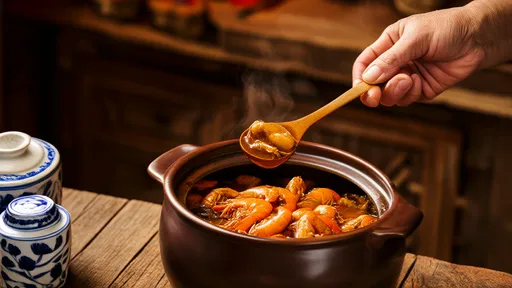
By /Aug 11, 2025
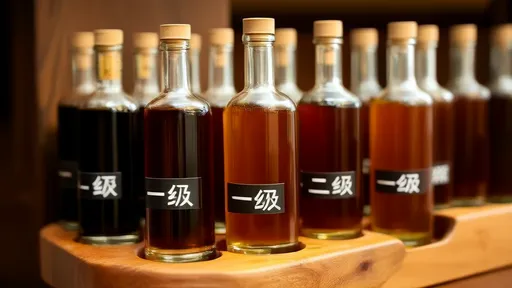
By /Aug 11, 2025
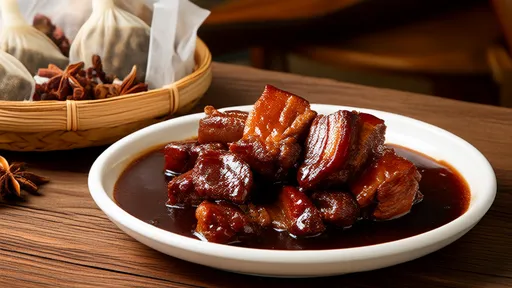
By /Aug 11, 2025
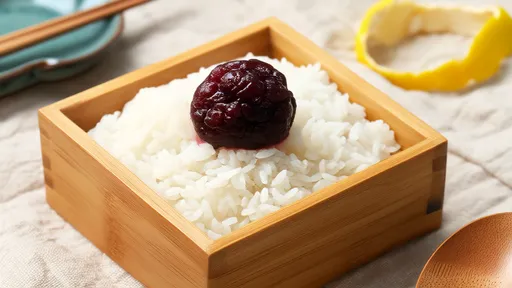
By /Aug 11, 2025

By /Aug 11, 2025

By /Aug 11, 2025
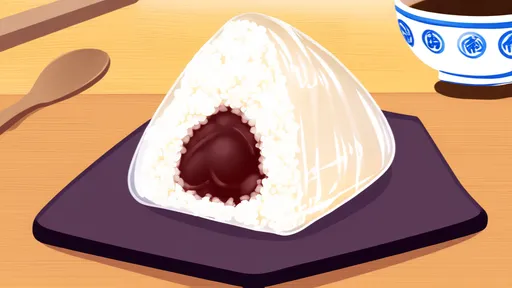
By /Aug 11, 2025
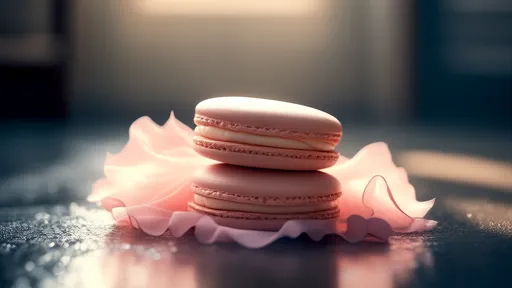
By /Aug 11, 2025
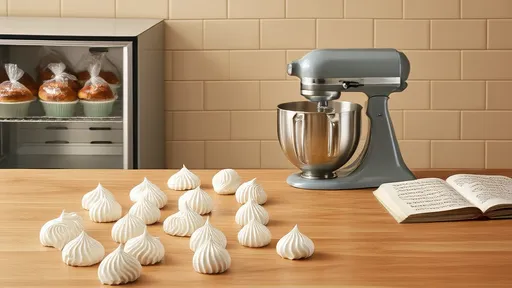
By /Aug 11, 2025
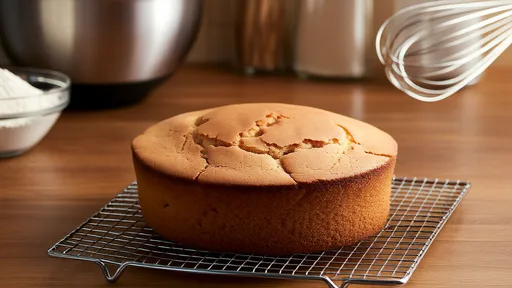
By /Aug 11, 2025
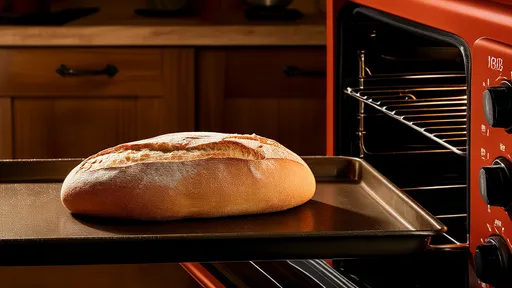
By /Aug 11, 2025
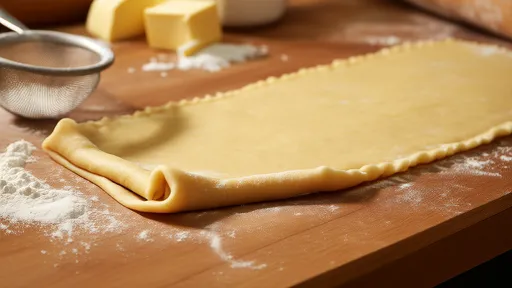
By /Aug 11, 2025
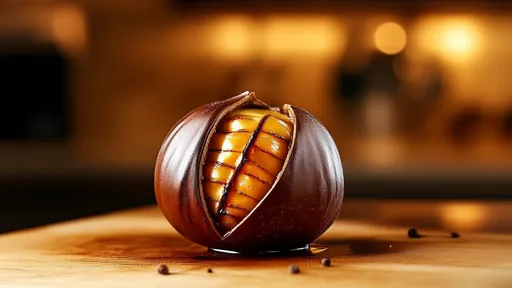
By /Aug 11, 2025

By /Aug 11, 2025
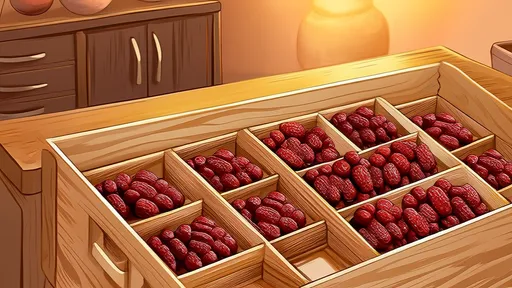
By /Aug 11, 2025
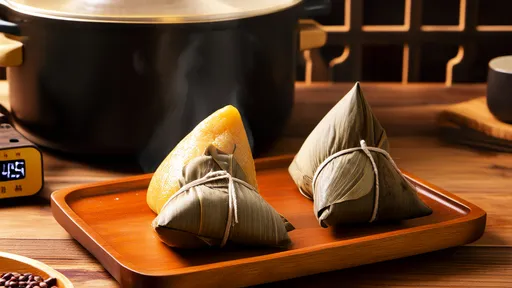
By /Aug 11, 2025
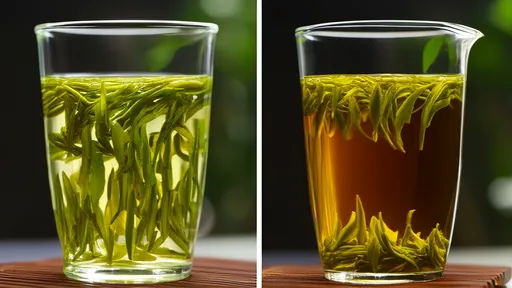
By /Aug 11, 2025

By /Aug 11, 2025
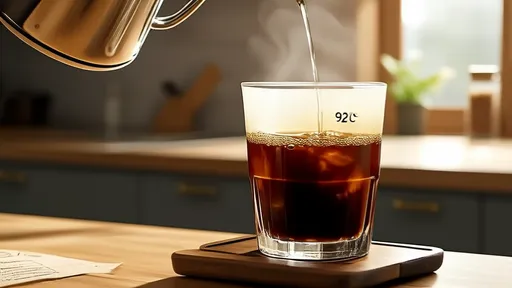
By /Aug 11, 2025

By /Aug 11, 2025